What Is 4g Camera?
In the rapidly evolving world of technology, the term "4G camera" has become increasingly prevalent. As a professional knowledge blogger, it is essential to delve into what a 4G camera is, its applications, benefits, and how it stands out in the current market. This article aims to provide a comprehensive understanding of 4G cameras, addressing practical questions and offering insights into their usage.
Understanding 4G Cameras

A 4G camera is a type of surveillance camera that utilizes 4G LTE (Long-Term Evolution) cellular networks to transmit data. Unlike traditional IP cameras that rely on wired or Wi-Fi connections, 4G cameras use SIM cards to connect to the internet, making them highly versatile and suitable for remote locations where wired internet or Wi-Fi is unavailable or unreliable.
Key Features of 4G Cameras
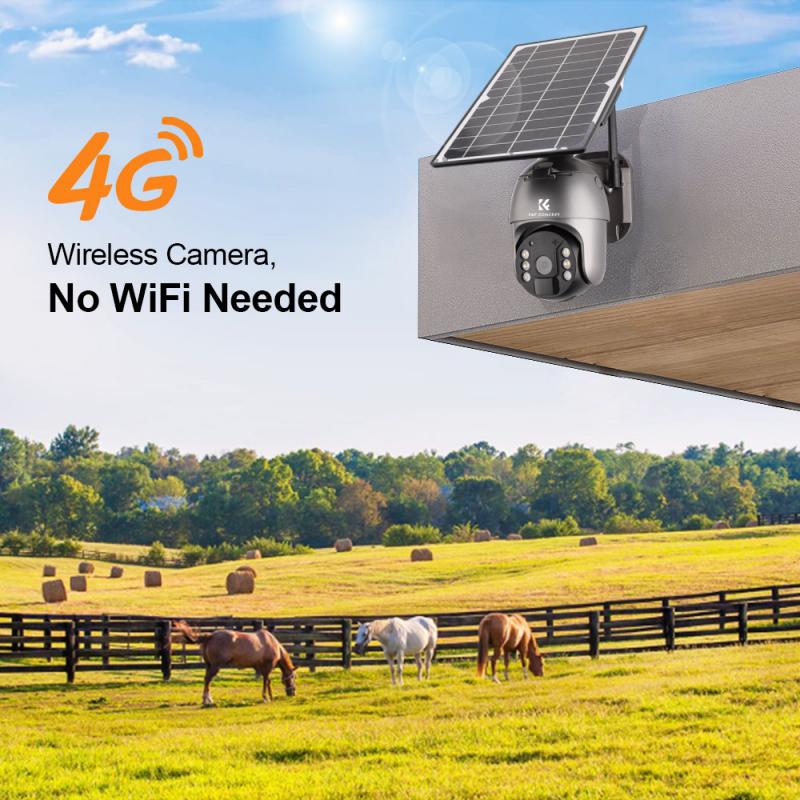
1. Connectivity: The primary feature of a 4G camera is its ability to connect to the internet via 4G LTE networks. This allows for real-time video streaming and remote access from virtually anywhere with cellular coverage.
2. Portability: Due to their reliance on cellular networks, 4G cameras are highly portable. They can be easily relocated without the need for extensive wiring or network setup.
3. Power Options: Many 4G cameras come with various power options, including battery-powered, solar-powered, or traditional AC power. This flexibility ensures continuous operation even in off-grid locations.
4. Remote Monitoring: Users can access live feeds and recorded footage from their 4G cameras through mobile apps or web interfaces, providing real-time monitoring and control.
5. High-Definition Video: Most 4G cameras offer high-definition video quality, ensuring clear and detailed footage for security and surveillance purposes.
6. Motion Detection and Alerts: Advanced 4G cameras are equipped with motion detection sensors and can send instant alerts to users when movement is detected, enhancing security measures.
Applications of 4G Cameras

The versatility of 4G cameras makes them suitable for a wide range of applications:
1. Remote Surveillance: 4G cameras are ideal for monitoring remote locations such as construction sites, farms, and rural properties where traditional internet connections are not feasible.
2. Temporary Installations: For events, festivals, or temporary setups, 4G cameras provide a quick and efficient surveillance solution without the need for extensive infrastructure.
3. Transportation and Fleet Management: 4G cameras can be installed in vehicles to monitor driver behavior, ensure cargo security, and provide real-time tracking.
4. Wildlife Monitoring: Researchers and conservationists use 4G cameras to monitor wildlife in remote areas, capturing valuable data without disturbing natural habitats.
5. Emergency Situations: In disaster-stricken areas where communication infrastructure is damaged, 4G cameras can provide critical surveillance and aid in rescue operations.
Benefits of 4G Cameras
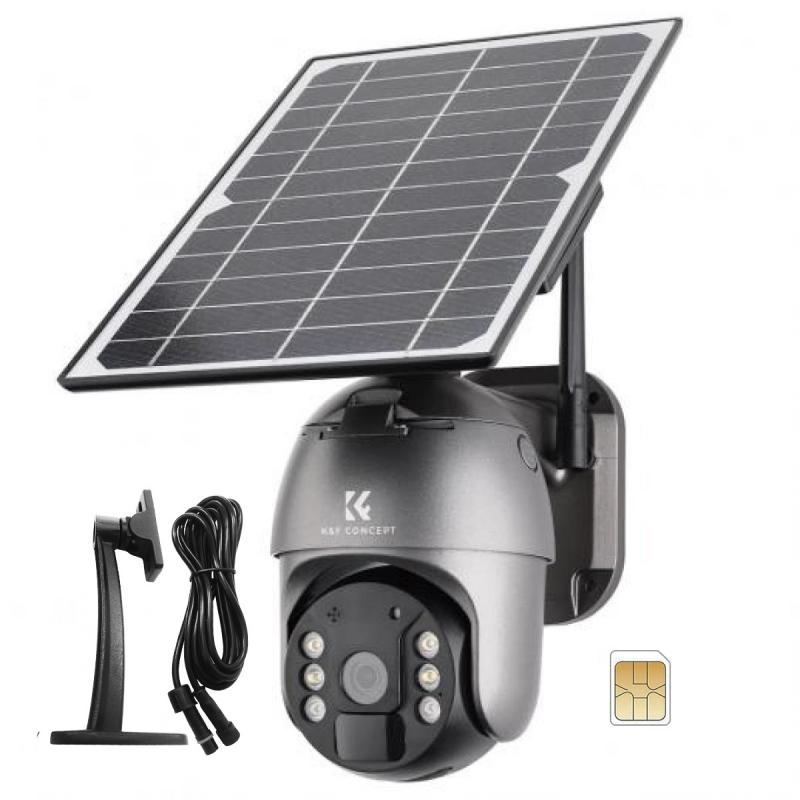
1. Flexibility and Mobility: The ability to operate independently of wired networks makes 4G cameras highly flexible and mobile, suitable for various environments and situations.
2. Ease of Installation: Without the need for extensive wiring, 4G cameras are relatively easy to install, reducing setup time and costs.
3. Real-Time Access: Users can access live video feeds and receive alerts in real-time, enhancing situational awareness and response times.
4. Scalability: 4G cameras can be easily scaled to cover larger areas or multiple locations, making them a cost-effective solution for expanding surveillance needs.
5. Reliability: With the widespread availability of 4G networks, these cameras offer reliable connectivity even in areas with limited infrastructure.
Challenges and Considerations
While 4G cameras offer numerous advantages, there are also some challenges and considerations to keep in mind:
1. Data Usage and Costs: Streaming high-definition video over 4G networks can consume significant amounts of data, leading to higher costs. It is essential to choose appropriate data plans and manage usage effectively.
2. Network Coverage: The performance of 4G cameras is dependent on cellular network coverage. In areas with weak or no 4G signal, the cameras may not function optimally.
3. Power Supply: Ensuring a consistent power supply is crucial for the continuous operation of 4G cameras. Battery and solar-powered options can mitigate this issue but may require regular maintenance.
4. Security Concerns: As with any internet-connected device, 4G cameras are vulnerable to hacking and cyber-attacks. Implementing robust security measures, such as encryption and secure access protocols, is vital.
Choosing the Right 4G Camera
When selecting a 4G camera, consider the following factors to ensure it meets your specific needs:
1. Video Quality: Determine the required resolution and frame rate based on your surveillance needs. Higher resolution cameras provide clearer footage but may consume more data.
2. Power Options: Choose a camera with suitable power options for your location. Battery and solar-powered cameras offer greater flexibility in remote areas.
3. Data Plan: Select a data plan that aligns with your usage patterns and budget. Consider plans with sufficient data allowances to avoid unexpected costs.
4. Durability: For outdoor installations, ensure the camera is weatherproof and can withstand harsh environmental conditions.
5. Additional Features: Look for cameras with features such as night vision, two-way audio, and cloud storage to enhance functionality and convenience.
Future Trends in 4G Camera Technology
As technology continues to advance, 4G cameras are expected to evolve with new features and capabilities:
1. 5G Integration: With the rollout of 5G networks, future cameras may leverage faster speeds and lower latency for improved performance and real-time analytics.
2. AI and Machine Learning: Integration of AI and machine learning can enhance motion detection, facial recognition, and anomaly detection, providing smarter and more efficient surveillance.
3. Edge Computing: Edge computing can enable cameras to process data locally, reducing the need for constant data transmission and improving response times.
4. Enhanced Security: Ongoing advancements in cybersecurity will lead to more secure 4G cameras, protecting against emerging threats and vulnerabilities.
4G cameras represent a significant advancement in surveillance technology, offering unparalleled flexibility, mobility, and real-time access. Their ability to operate independently of traditional internet connections makes them ideal for a wide range of applications, from remote monitoring to emergency response. However, it is essential to consider factors such as data usage, network coverage, and security when deploying 4G cameras. By understanding these aspects and staying informed about future trends, users can effectively leverage 4G camera technology to enhance their surveillance capabilities and address practical challenges.

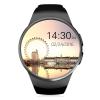

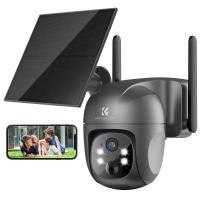
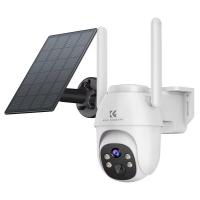
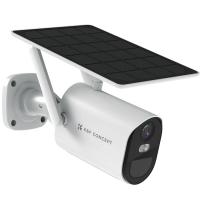



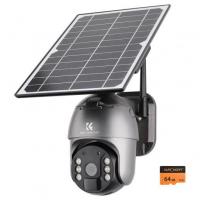
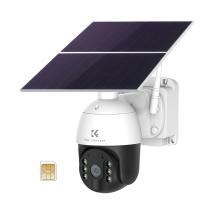








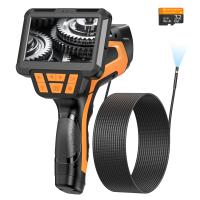

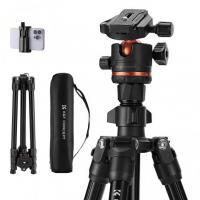
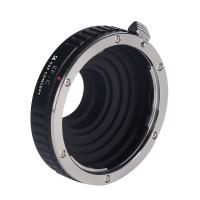





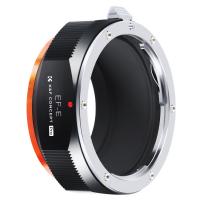








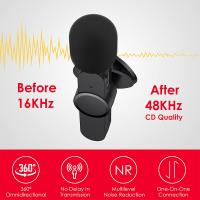
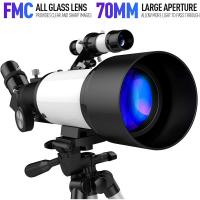


There are no comments for this blog.